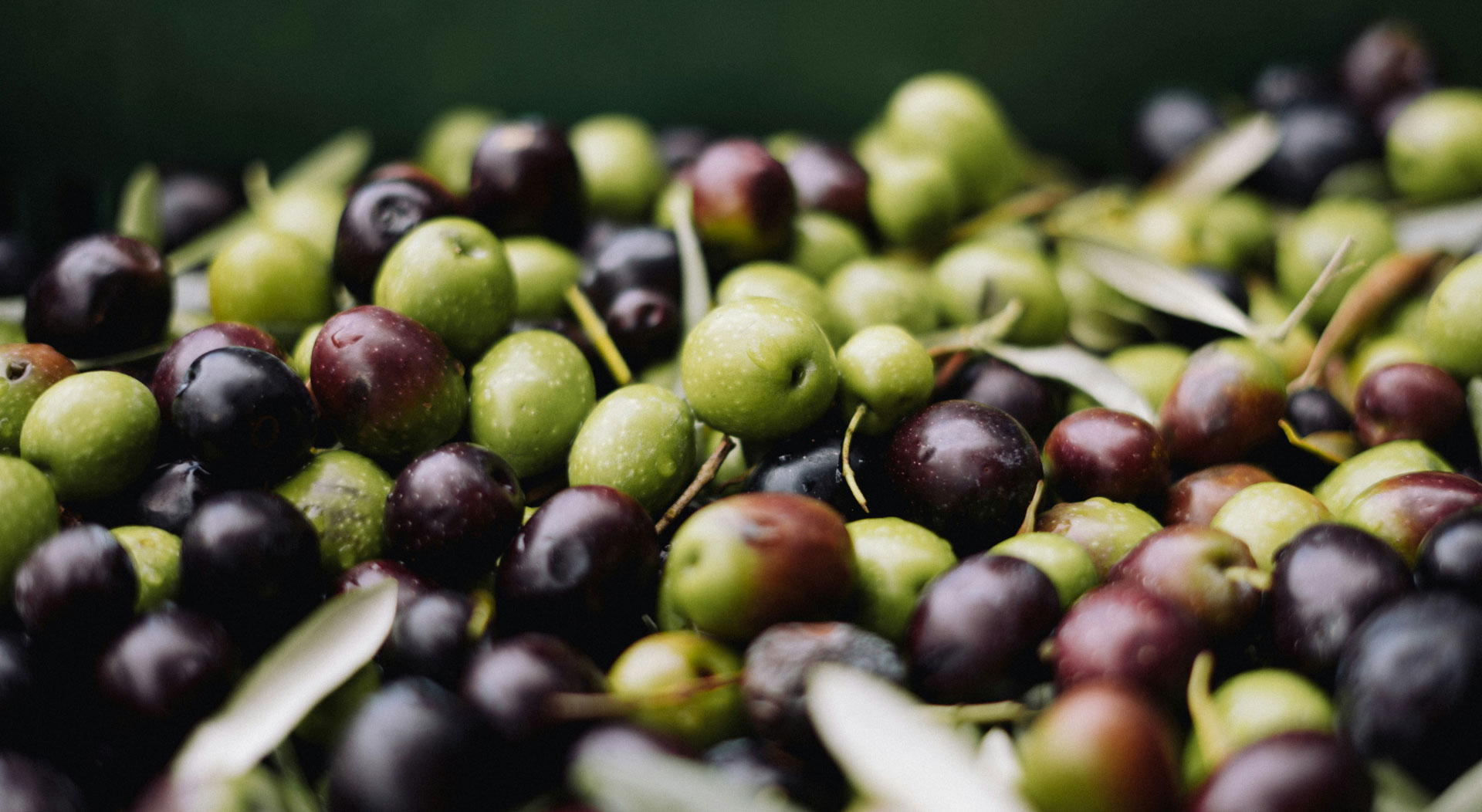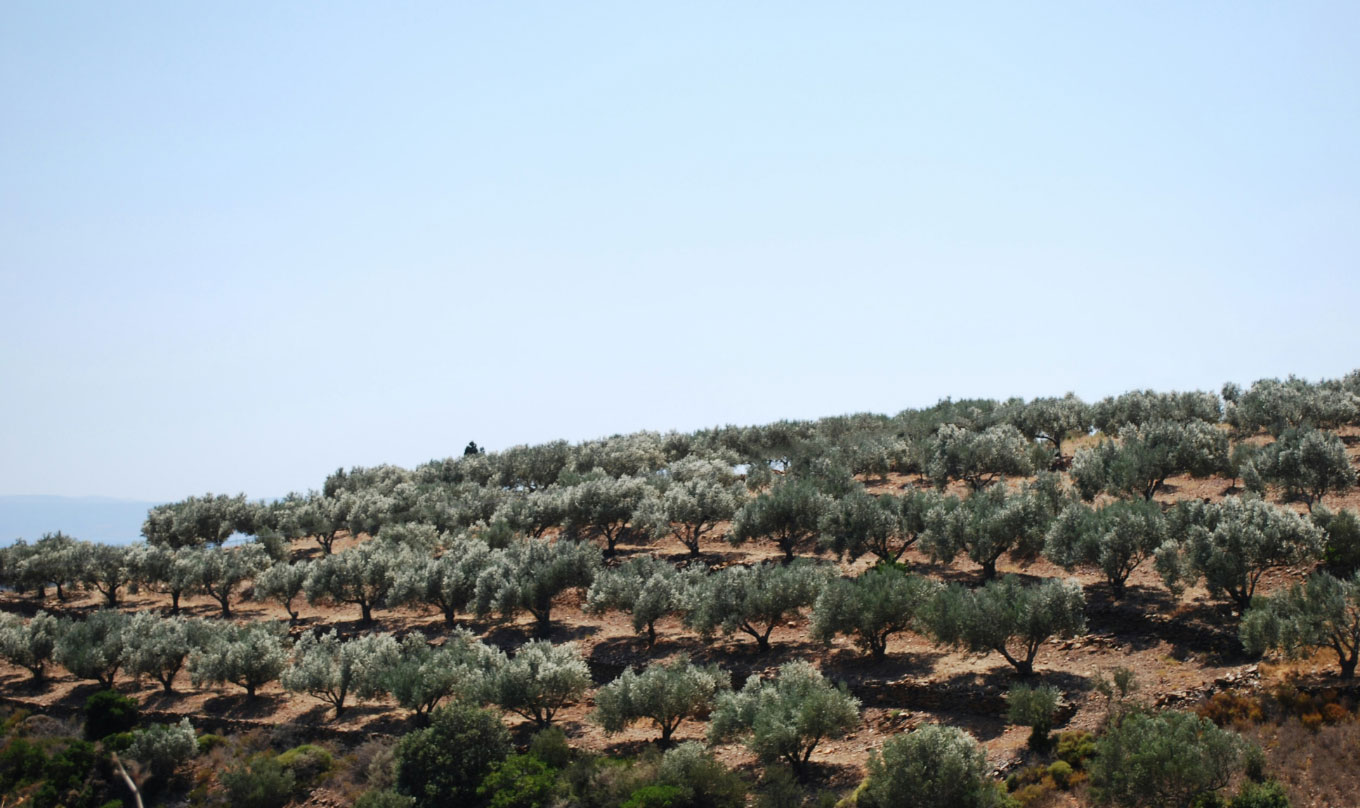 06.06.24
06.06.24
Olive Oil Categories
Explore the main categories of olive oil, defined by distinct production methods and chemical parameters, essential for assessing their quality and suitability in various uses.
read moreThe Mediterranean diet, one of the most widespread diets around the world, is based on the consumption of olive oil as the main source of fat. Over the last 50 years, surveys carried out in parts of the Mediterranean, including Crete and southern Italy, have shown that the Mediterranean diet is responsible for the longevity of the inhabitants and the absence of cardiovascular and digestive diseases.
The Mediterranean Diet, rich in fiber, is based on eating healthy foods for the body, vegetables and plant foods. Vegetables, pasta, rice, legumes and fruits are its main ingredients, while food of animal origin is consumed in small quantities.
Olive oil, specifically raw, is used in salads and always at the end of cooking. Finally, in this model of diet, it is common to consume small quantities of red wine during meals.
An example of a Mediterranean diet could be:
| Olive oil | the main source of fat |
| Fresh fruits, and vegetables in variety and abundance | several times a week |
| Dairy products in particular yoghurt and cheese | several times a week |
| Legumes, plenty of bread, pasta and other starchy foods such as rice, potatoes and other cereals | in variety, but with a measure of daily consumption and at least twice a week |
| Fatty fish, poultry and lean meat | at least twice a week |
| Wine, when consumed | along with the meal |
And also don’t forget that Olive Oil:
Sources:
 06.06.24
06.06.24
Explore the main categories of olive oil, defined by distinct production methods and chemical parameters, essential for assessing their quality and suitability in various uses.
read more 04.06.24
04.06.24
Learn how to choose the best olive oil with tips on category, extraction methods, origin, and storage practices to preserve its quality and flavor.
read more